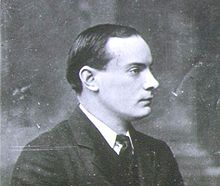Stop Press! Statement, 25 April, 1916

The Irish Republic was proclaimed in Dublin on Easter Monday, 24th April, at 12 noon. Simultaneously with the issue of the proclamation of the Provisional Government the Dublin division of the Army of the Republic, including the Irish Volunteers, Citizen Army, Hibernian Rifles, and other bodies, occupied dominating points in the city. The G.P.O. was seized at 12 noon, the Castle was attacked at the same moment, and shortly afterwards the Four Courts were occupied. The Irish troops hold the City Hall and dominate the Castle. Attacks were immediately commenced by the British forces, and were everywhere repulsed. At the moment of writing this report (9.30 am. Tuesday) the Republican forces hold all their positions and the British forces have nowhere broken through. There has been heavy and continuous fighting for nearly 48 hours, the casualties of the enemy being much more numerous than those on the Republican side. The Republican forces everywhere are fighting with splendid gallantry. The populace of Dublin are plainly with the Republic, and the officers and men are everywhere cheered as they march through the Street. The whole centre of the city is in the hands of the Republic, whose flag flies from the G.P.O.
Commandant General P. H. Pearce is Commanding in Chief of the Army of the Republic and is President of the Provisional Government.
Commandant General James Connolly is commanding the Dublin districts. Communication with the country is largely cut, but reports to hand show that the country is rising, and bodies of men from Kildare and Fingal have already reported in Dublin.